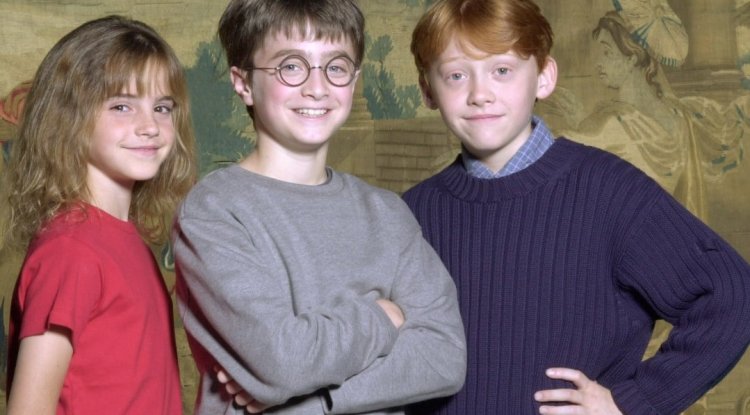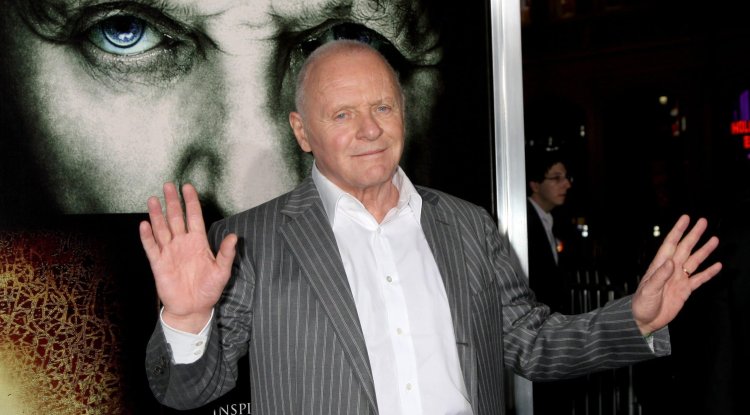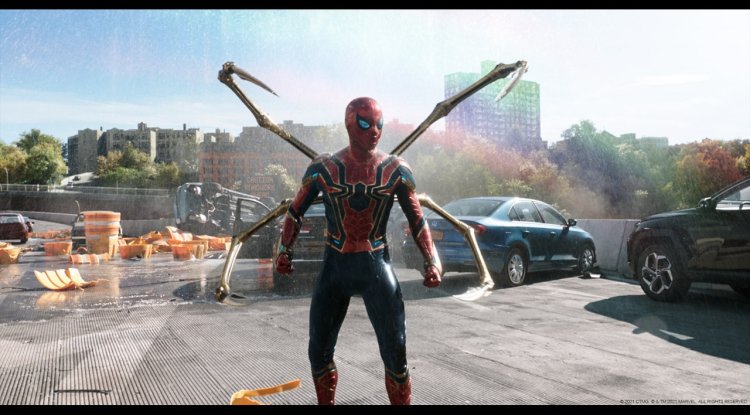Spielberg's endeavor with 'West Side Story'
Steven Spielberg unleashes his talent in 'West Side Story' and we can expect the premiere of this Broadway musical as soon as this week!

At the beginning of Steven Spielberg's new version of ' West Side Story ', the Jets whistle, snap their fingers, and do pirouettes around New York, a city that looms and spreads, but is still not as big as New York we see today.
Gentrification is the first scene of a work in which we know every chord of Leonard Bernstein's music, every step of Robbins' choreography, every letter of Stephen Sondheim, but that is far from the same movie. "Since I decided to be a director I wanted to do 'West Side Story'. From the age of 10 listening to the original Broadway cast album, until I saw the movie in '61, or when I watched theatrical productions over the years, I thought about recreating this story."
"It has always been my favorite musical and its music is part of my life, of my children's lives. Before making up my mind, I went to Tony Kushner and asked him: Would you agree to adapt a script from the original Broadway musical, not from the '61 movie? His decision helped to awaken my intentions." The complicated legacy of 'West Side Story', whose combination of youth archetypes and ethnic stereotypes has long been a source of controversy, is transformed in the hands of the creator of ' Jaws '.
Spielberg's triumph is to include Rita Moreno, the unforgettable Anita in 1961 and for which she won an Oscar, adapting her as the character of Doc's wife. “To have Rita in this film has been an honor, a privilege that I feel very proud of. We have changed certain elements of the original script because I think it was necessary. We have been influenced more by the musical than by the first version of the film, ”explains Spielberg.
Clash of the cultures
When Americans sit down to watch Spielberg's acclaimed and long-awaited new adaptation of 'West Side Story', they notice something unusual: the parts of the script in Spanish are not subtitled. The legendary director made this decision to highlight the importance of this language in the United States and explains it in this interview.
"I have not wanted to subtitle any of the Spanish out of respect. Our intention was to hire a Latino cast, totally Latino, to play the young people who represent the Shark group."
"That was the mandate I gave to Cindy Tolan, casting director of the film, not only are the actors Latino but they belong to a family where parents and grandparents are Latino. We have 20 artists in our film with origins in Puerto Rico, which was very important to me. And that goes hand in hand with not subtitling Spanish. If I subtitled Spanish, it gave English twice the power over Spanish and that was not going to happen in this movie. I needed to respect the language enough not to subtitle it, ”says the filmmaker.
Spielberg's filmmaking is such an intuitive language that any viewer understands it. It's worth noting that America's most popular filmmaker has never directed a film in America's most popular film genre before.
When the Sharks and Jets converge in the gym to dance the mambo, the dazzling swirls of color thrill. The collision of bodies, temperaments, cultures, identities, are a physical reflection of what happens in American society.
Representation of a country that is bilingual
"The dialogues in Spanish were written in the script. It was intentional. Out of respect for the language, we decided not to subtitle any of the Spanish. That language had to exist in equal proportions to English and without help for the Anglo-Saxon audience. That in the minds of the audience the possibility of deciding if they want to understand it, I believe that if they are attentive they can understand Spanish."
"I want Spanish-speaking audiences and English-speaking audiences to sit together in the theater and listen to each other, for Americans to enjoy the laughter coming from Latinos in the theater, of the Spanish-speaking audience. Because we are a bilingual country and my film is the representation of a country that is bilingual ".
West Side Story was never intended to represent Puerto Rican communities. Its original creators Stephen Sondheim, Leonard Bernstein, Jerome Robbins, and Arthur Laurents admitted that their intention was to tell the story of Romeo and Juliet based in New York City. In the original version, two white actors were cast in two of the main Puerto Rican roles: George Chakiris as Bernardo and Natalie Wood as María.
It wasn't until the Broadway revival of the musical in the 1980s that audiences were able to see Latino artists in those roles expressly made for Puerto Ricans. “Sondheim was the first person I met when I sought the rights to do our version of West Side Story. He was the first person I ever sat down and met in New York City, at his home, in person. We had met before because my company made Sweeney Todd, the adaptation with Johnny Depp. And then we meet in the White House when we receive the Presidential Medal of Freedom. Steve, Barbra Streisand, and I, the three of us together."
The most family-friendly film Spielberg did since ET
Spielberg's new adaptation stars newcomer Rachel Zegler as Maria, Ansel Elgort as Tony, Ariana DeBose as Anita, and David Alvarez as Bernardo. The screenplay is written by "Angels in America" Pulitzer-winning playwright Tony Kushner, who has worked with Spielberg on "Munich" and "Lincoln."
“I don't think there is a scene in this movie that Tony and I don't feel is absolutely perfect. Each scene is a progression to the next point in the story. Therefore, each sequence has an essential role in the celebration of being alive and in the tragedy that is lived within the narrative. I think the message invites dialogue because you should always try to talk rather than fight ", reveals the director. Directing a musical, a version of a musical that he has loved since childhood, has shaken something within Spielberg. "Yes. It has been the most family-friendly and charming shoot I've had since I did ET."





























